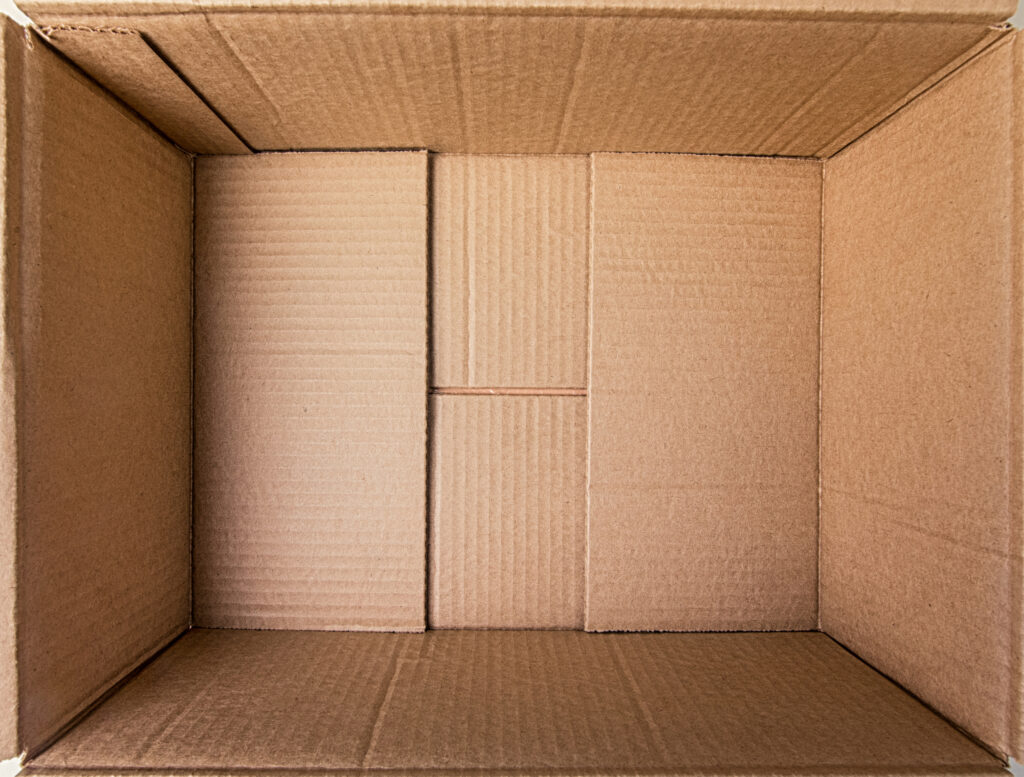Insulation is important because it not only prevents heat loss in the wintertime but saves money too by lowering heating costs in homes. People may be surprised if you were to suggest cardboard since it is commonly known to be used for postal tubes, cardboard boxes and more.
If you’re interested in saving money as a homeowner, it’s impossible to ignore the benefits of maximising how efficient insulation can be for your home.
In this article, we will be looking at just how good cardboard is for insulation and how efficient it can be both practically, economically and environmentally.
The power of wood
The use of wood as a building material is due to its insulating properties. Wood, being dense and fibrous in structure, transfers heat slowly which makes it an excellent thermal barrier during winter months when other materials like metal or plastic have the opposite effect on temperature regulation.
Corrugated cardboard also benefits from these qualities because of how thinly cut the layers are; with less space between them there’s more restriction for spreading out energy over time thus retaining warmth within the envelope that may otherwise escape through convection currents created by high-speed winds outside such structures.
Cardboard’s ability to block heat
Materials with a low thermal conductivity like cardboard are perfect for making insulation. These are used to keep heat from transferring between objects or locations.
A good example of this is when faced with a window being broken and left without replacements on hand.
Normally, it may seem like an impossible task to try and stop heat from being lost, but there’s one material around most homes…cardboard!
It is important to be creative in a situation where you may not have all the materials that are required. A piece of cardboard can act as insulation for the window by covering up any openings or gaps between pieces of glass.
This cardboard is a sturdy solution for the broken window. It keeps out cold and hot air, which will make your home more comfortable no matter what time of year it may be!
Cardboard’s ability to trap heat
Another brilliant effect of cardboard as an insulator is that heat can be trapped as well.
One example of this is not necessarily for keeping a house interior warm, but instead for cooking, by using a solar oven.
By using a cardboard box and adding some reflective material to the inside, you are able to trap heat from the sun.
Because cardboard doesn’t allow heat to transfer easily, it makes it ideal for allowing heat to remain within the DIY solar oven and therefore makes it possible to cook things, although it will take some time.
How long does it last?
If you’re considering using cardboard for insulation, it’s important to keep in mind that due to its vulnerability and inconsistency when exposed long term the material can have a variety of drawbacks.
The sturdy yet sensitive nature of cardboard makes it susceptible to mildew when in contact with moisture such as humidity. When this occurs, you may notice the cardboard becoming mouldy or breaking apart completely due to water damage.
Mould can then cause unpleasant odours within a house which could potentially harm anyone who lives inside of it too!
Is it cost-effective?
Cardboard insulation is a great way to make your home more comfortable. The material itself provides some degree of insulation, but it’s unlikely that this amount will result in enough savings on energy bills for the cost-effectiveness factor to be worth it.
The surface area of a material is often the best way to judge if it can be an effective insulator. In order for this property, materials must cover most or all of any given surface and maintain their density throughout.
It’s because of this that while cardboard can be a good insulator, it is not necessarily the best option if you’re looking for a way to save money on energy bills. Instead, investing in long-lasting specific insulation material is the best option.
Is it beneficial for the environment?
While cardboard may be a good insulator, especially as a temporary fix, we’ve established that it is unlikely to last long and is not the most cost-effective way to insulate your home.
That being said, when it comes to being beneficial for the environment, you can argue that it is very efficient. This is because you are taking advantage of a material that can easily be reused for other purposes.
Commonly, cardboard is very easily disposable and while it can be recycled, using it in this way is particularly beneficial because it can avoid the use of things like electricity.
Of course, long term, as previously mentioned it will only be useful if the insulation is the same density is maintained across a surface.
As you can see, cardboard is clearly a useful material when it comes to insulation and it is certainly something that can get you out of a worrying situation.
However, despite it being a good insulator, it is not accurate to say that it should be used as the basis for insulation across all homes, it is best as a temporary solution.

